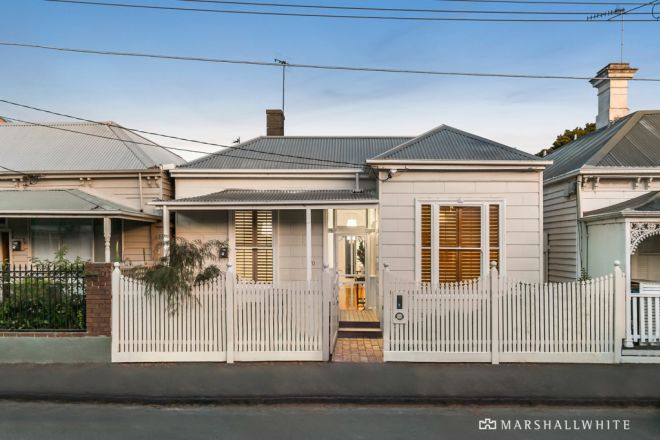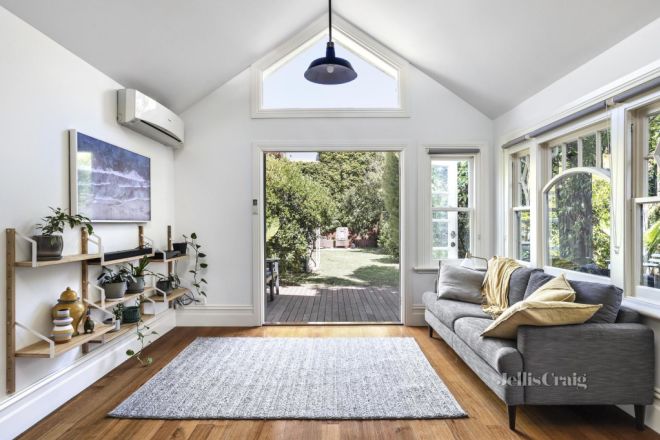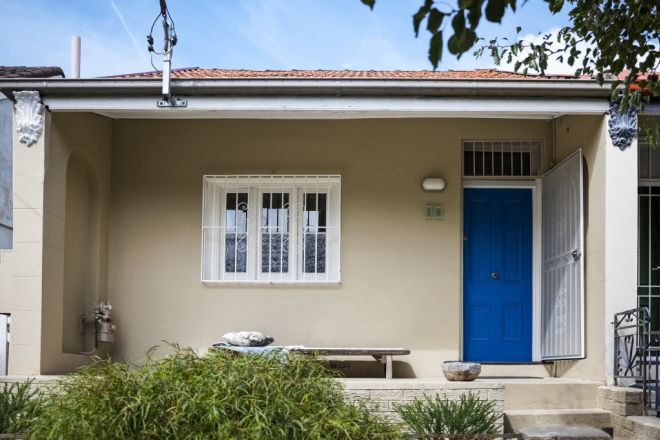More than 30 per cent of Aussie mortgage holders have escaped rate rise pain but that's soon to end
Almost a third of Aussies are yet to feel the full sting of repetitive interest rate rises, and pain is ahead, an expert has warned.
The tenth interest rate increase in a row adds $78 a month to a $500,000 mortgage, $116 a month to a $700,000 loan and $156 to the monthly repayment on a $1 million mortgage, according to Domain Home Loans data.
Mortgage holders on variable rate loans have absorbed the cost pressure of a yet another consecutive rate hike, but about 35 per cent of Aussie borrowers on fixed-rate contracts have been shielded.
However, when three-quarters of homeowners on fixed rates roll off the stability of those deals and into a variable rate environment by the end of the year, they will freshly feel the financial burden.

The Reserve Bank of Australia again raised the nation’s cash rate by another 25 basis points to 3.6 per cent on March 7. Since May last year, the cash rate has steadily jumped month-on-month from a starting point of 0.1 per cent.
For a mortgage holder who borrowed $500,000, they are paying $1,048 a month more since May last year. On a $750,000 loan, repayments have gone up by a total of $1,569 and for a $1 million loan, $2,093 has been added onto the monthly repayment.
Not all banks are instantly passing on the rate increase to customers. Some will see their repayments lift in the coming months.
Domain’s chief of economics and research Dr Nicola Powell said another two to three interest rate increases are predicted but the “true impact” of this tenth rise lays ahead.

“That being said, it will still be a little while before we see the true impact of higher interest rates on mortgage holders with the Commonwealth Bank reporting that it takes banks on average, three months to pass on the RBA’s cash rate increases to borrowers’ minimum monthly repayments,” she said.
“According to the RBA, 35 per cent of outstanding housing credit is on fixed-rate terms, with about two-thirds of these loans due to expire by the end of 2023.
“As more borrowers become exposed to higher repayments it does present a risk of higher levels of mortgage stress and therefore distressed listings. However, 65 per cent of outstanding housing credit is on variable terms.

“This means that to date, most mortgage holders have weathered higher interest rates and therefore larger repayments well given distressed listings remain low.”
Borrowing power has been reduced by higher interest rates, which has dragged house prices backwards.
However, low supply of listings compared to the same time last year has made auctions and private negotiations competitive, which has put a floor under prices. Real estate has not become as cheap as some buyers might have hoped.
According to Domain, auction volumes across the combined capitals rose in February for the first time since November last year but are still trending lower when measured annually.
The proportion of properties nationally that are selling before auction day is at its highest since April last year, Domain’s data shows, as “nervous” vendors and bullish buyers meet in the middle.

“…It’s still clear that homeowners are waiting for a more stable economic market before they list,” Nicola wrote in Domain’s Auction Report for February.
“We can also see that nervous vendors are willing to negotiate with the latest Domain data showing the proportion of properties sold before auction day at its highest level in almost a year.
“While it’s likely going to be a more subdued autumn selling season, there is the risk that if vendors wait until later in the year to sell, an influx of properties may come onto the market, causing prices to fall.”
Ray White economist Nerida Conisbee said auction activity is still strong despite the rolling financial pressures. Participation is near to what it was before interest rates started lifting last year, she said.
“High levels of demand however are still showing up in our auction data,” Nerida said in a statement after the RBA handed down its decision.
“In particular, the average number of active bidders at auction. As a measure of demand, the number of people actively bidding at auction is (in my opinion) a much better one than clearance rates. If you are putting up your hand to buy a property, it almost certainly shows that you are ready to buy.
“In February, auction clearance rates hit 2.8 bidders per auction. It was the highest level we have seen since April last year, a month before interest rates increases started.”
Homes going to auction this weekend after another RBA rate hike…
70 Moore Street, South Yarra, Victoria
See photos of the listing here

52 Edward Street, Brunswick, Victoria
See photos of the listing here

18 Charles Street, Marrickville, New South Wales
See photos of the listing here

We recommend
States
Capital Cities
Capital Cities - Rentals
Popular Areas
Allhomes
More










